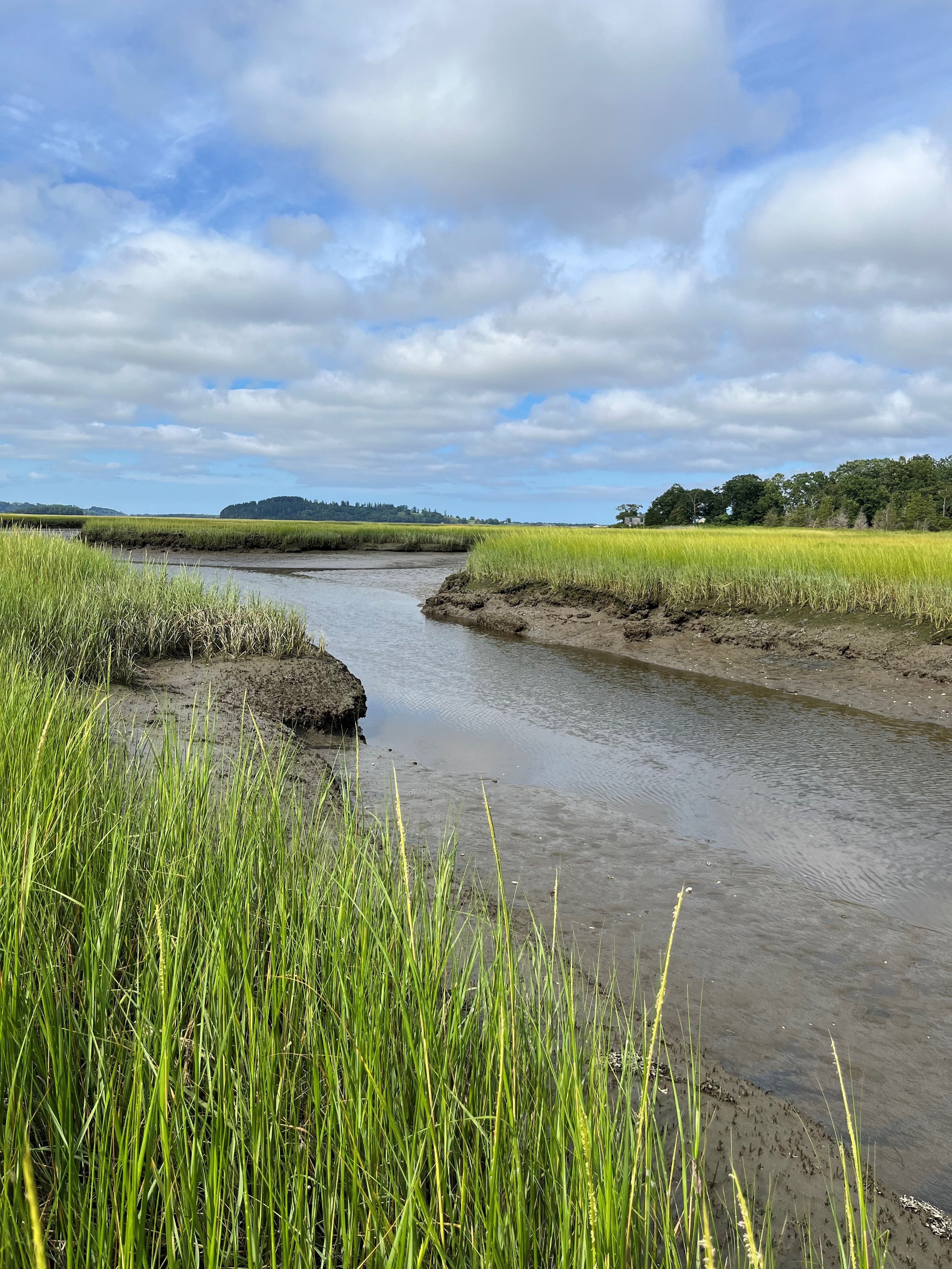
Eight Towns and the Great Marsh Committee
The Eight Towns and the Great Marsh (8TGM) is a committee of citizens dedicated to the protection and restoration of coastal habitats and watershed on the upper North Shore of Massachusetts. Over its 30-year history, the 8TGM committee has undertaken a wide range of initiatives all focused on fostering stewardship, protection, and awareness of coastal resources. The committee is made up of representatives from the following municipalities: Amesbury, Essex, Gloucester, Ipswich, Newbury, Newburyport, Rockport, Rowley and Salisbury. The committee serves as the Upper North Shore Local Governance Committee (LGC) for the Massachusetts Bays National Estuary Program.
Our Focus
The Eight Towns and the Great Marsh Committee draws its strength from citizen volunteers who bring their energy and knowledge in support of this amazing landscape. 8TGM is dedicated to the protection of the coastal waters and watersheds on the upper North Shore of Massachusetts Bay. The Committee works with communities and the general public to foster stewardship of coastal resources by heightening public awareness of solutions to coastal challenges, providing technical assistance, and supporting local research and implementation projects.
Our Goals:
01.Education
–
Equip municipal staff, boards, and elected officials with information and skills needed to make educated decisions around managing our coastal systems.
02.Outreach
–
Generate public awareness and opportunities for connection to our coastal spaces by increasing access, knowledge, and interest.
03.Data Access
–
Advance access to best available data while facilitating knowledge sharing and cross-community connection around coastal systems and resources.
04.Monitoring
–
Align siloed environmental monitoring efforts within the region to ensure more comprehensive data is accessible for local decision making.

The Great Marsh
At first glance, the North Shore salt marshes look like open fields of grass, changing colors with the seasons. But take a closer look or talk to people who have lived and worked in the marsh and you will find that marsh resources have more than just aesthetic and environmental value - they are also tied to our economy, public health, and recreational activities. Commercial shellfish harvesters depend on area clam flats while beachgoers, boaters, bird watchers, and fishers flock to the region seeking recreation.
This North Shore ecosystem, commonly known as the "Great Marsh," covers over 25,000 acres along the northern Massachusetts coast from West Gloucester to the New Hampshire border. This means we have the largest contiguous acreage of salt marsh north of Long Island, New York in our backyard. The "backyard" includes not only land directly in or adjacent to the marsh, but areas further inland that are connected by river networks and streams. So whether you live in a coastal town from Newburyport to Gloucester or are a resident of Groveland or Topsfield, your are part of this sensitive, dynamic, and important system.
